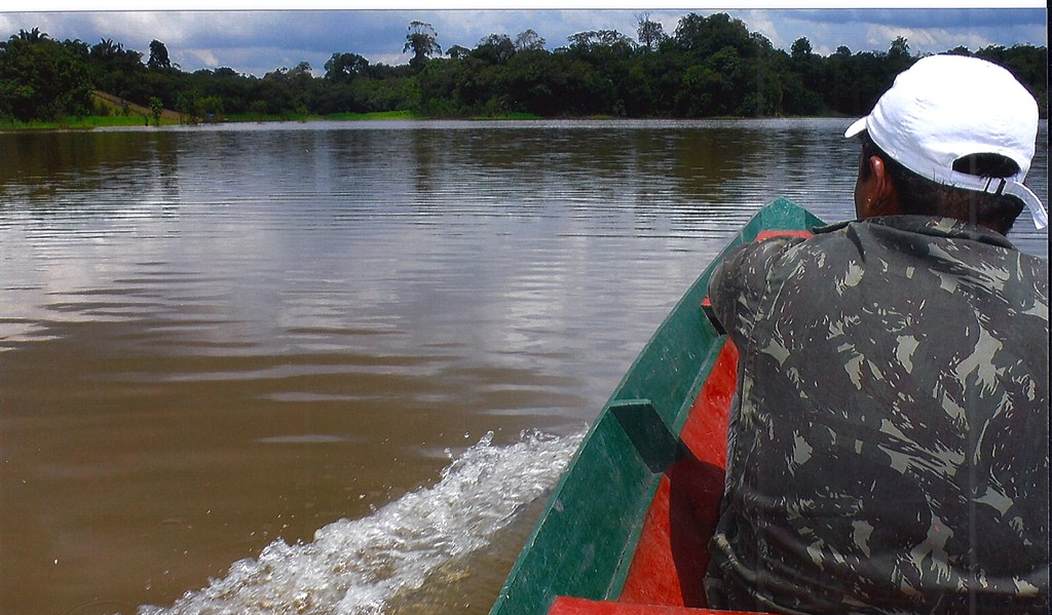It’s an odd world out there, particularly in regions almost as cut off as they could possibly be from modernity, such as in the case of the deep Amazon.
Recently, I was introduced there to a most peculiar form of therapy used for an unknown period of time — likely hundreds but perhaps thousands of years — by the indigenous populations of the Amazon: the application of monkey frog venom through an open wound.
Related: Little-known Southeast Asian Herb Boosts Testosterone Naturally
It sounds insane, for sure, but even extremely judgmental mainstream Western science has come around to acknowledging the presence of multiple compounds in monkey frog secretion that are known to potentially confer a variety of benefits, including vasodilation (opening up the arteries) — so much so that individuals with low blood pressure are advised not to use it — blood vessel relaxation, and analgesia (painkilling), among others.
Via Journal of Venom Research (emphasis added):
The secretions of the Giant Monkey Frog Phyllomedusa bicolor are used by populations in the Amazon regions (mainly the indigenous Katukinas and Kaxinawás). The so-called “toad vaccine” or “kambô” is applied as a medication for infections and to prevent diseases, and also as physical and mental invigorator, and analgesic. Since the 1980s, researchers and companies have been interested in the composition of these secretions. Phyllomedusin, phyllokinin, caerulein and sauvagine are the polypeptides in these secretions that can cause intense effects on smooth muscles, vessels provoking, nausea and vomiting, arterial hypotension, flushing, palpitations, nausea, vomiting, bile secretion and angioedema. These actions are similar to bradykinin. However, the feeling of well-being and improvement of motor skills described by the users seems to be associated with dermorphine, caerulein or deltorphin – peptides with analgesic properties – and their affinity for the opiate receptor systems. Caerulein is a peptide that increases digestive secretions. Phyllomedusin and Phyllokinin lead to blood pressure and digestive effects. Sauvagine release corticotropin and mimics the physiological reactions of exposure to stress. Deltorphins and dermorphins have high affinity for the opiate receptor system and can lead to analgesia. The fame acquired by the therapy motivated the use by individuals from urban areas worldwide, without safety considerations. While in indigenous communities, there is an entire cultural tradition that provides relative safety to the application, however, the extension of use to individuals from urban areas worldwide is a problem, with reports of severe adverse effects and deaths. Undoubtedly, the skin secretions of the Phyllomedusa genus contain substances of intense pharmacological action and that can lead to research for therapeutic uses, but control over their application in rituals outside the forest is needed due the risks presented*.
*It seems to me this is a perfect microcosm of a wider, self-contradictory pattern I have noticed in the Western medicine model, in which medicinal compounds sourced from nature, which exist in a holistic form, are simultaneously demonized in medical literature as “unsafe” while constituent compounds within them are noted for their potential therapeutic value.
What they really mean to say by such disclaimers, in my estimation, is that any potential medical utility of these therapies will not be recognized or sanctioned until the relevant compounds have been extracted, isolated from their original context, and patented by some pharmaceutical enterprise.
Editor’s note: This is in no way intended to be medical advice and should not be taken as such.










